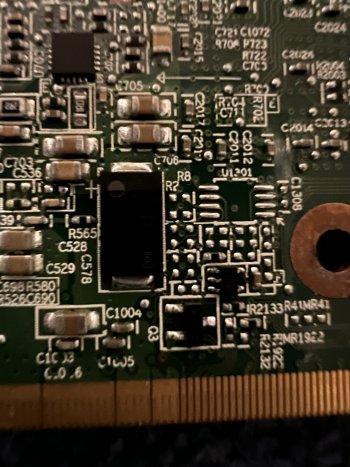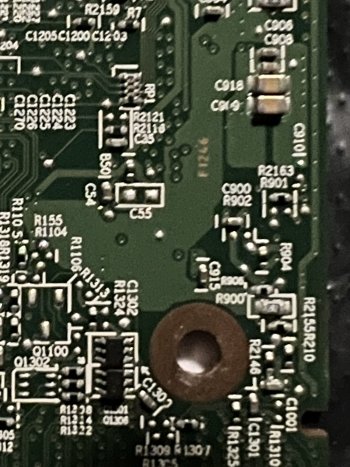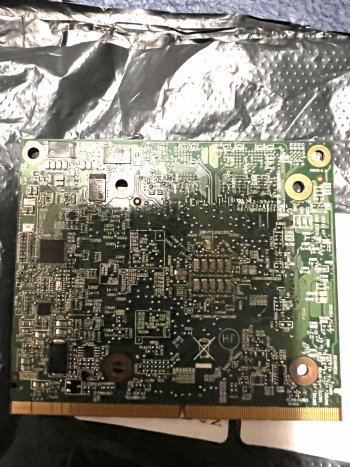iMac 27p Mid 2011 Internal Black Screen after GPU upgrade to WX4150
Good afternoon to the entire community.
As you can see, I am new in the forum. I promise, I read and read and read again the first page post (and all the subsequent links).
And I am still banging my head on the walls :-(
I recently purchased a brand new HP WX 4150 which had been flashed by an eminent member of this community and tested on his machine before sending. So I fully rely on this the card is good and should work in my iMac 27 p Mid-2011.
So, when I received the card, I installed it in my iMac and used the OCPL (0.31) formatted USB. A brand new SSD (unformatted) was installed in place of the old HDD but we left another SSD with High Sierra with it. Despite many many hours testing and checking, the internal screen remained black. Whatever ever I do, (Option key) No OC Boot picker at all. Slightly opening the screen, only two led were lightinng up. Never thrid and fourth.
Then, we tried to connect an external screen. We finally got a boot picker on the external screen but only when we are not pushing the option (alt) key.
When choosing the high sierra disk to boot from, we only got a blurry screen of the background wallpaper. We assume this is the secondary display, the login screen must bee on the Black internal lcd (but not visible). After 30 seconds, the fans were blowing full speed.
So, we decided to remove the internal screen and boot on High Sierra. And bang, we got the login screen on the external display and we were able to get in. We installed MacFans in order to lower the speed of the fans, and it worked well. The Graphic card was recognized as a Radeon Polaris with its 4Gb of memory. In Photoshop, the graphic acceleration was on. Unigine Valley was giving us around 52 fps.
Only the first two led were on on the iMac mother board. But at least the card was recognized.
Confident we were on the right track we plugged back the internal screen, we did continue to test multiple configurations (removing all the SSD, just with a USB key (We tested Install USB of High Sierra, Big Sur and Monterey). None of them worked.
At no moment we got the Boot picker on the internal LCD.
At some time, we feared we may have broken something so we dismantle it again and put back the old HD 6770 card in and fired it up. Luckily, everything was still working.
From there, I downloaded the latest OCLP (0.32) and Monterey and reformatted a brand new USB key using the High Sierra. We rebooted and installed Monterey from the USB (still with old graphic card). Everything went smoothly and after two and a half hours Monterey was installed. We booted on it, installed OCLP 0.32 and generated the EFI on the SSD drive, selecting the developer only option for the AMD Polaris GPU.
We then reinstalled the new graphic card (WX4150) with a big hope it will work this time. But no luck so far: What ever we do, we haven't been able so far to get the internal screen lighting up with the new card.
We still do get the boot picker display on the external but only when we do NOT hit the option key. We did several times the PRAM reset (3 times).
We added the agdpmod=pikera in the boot args without any success.
To be honest, at the time i write this message, I feel a bit lost and don't know where to look next.
So, if any member of the community has a bright idea, we are desperate to test anything.
Thanks for you time ;-)
Laurence and Philippe
PS: I am going to be away of the imac for the next two days, not able to test any of the ideas. Be sure I'll test them and report when I'm back.





